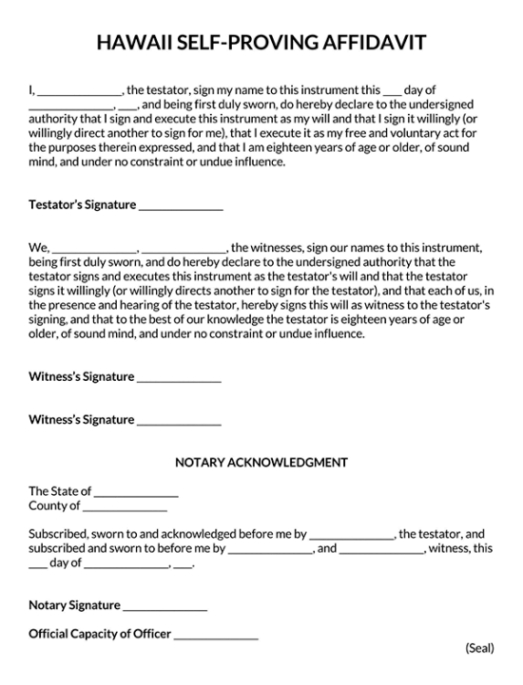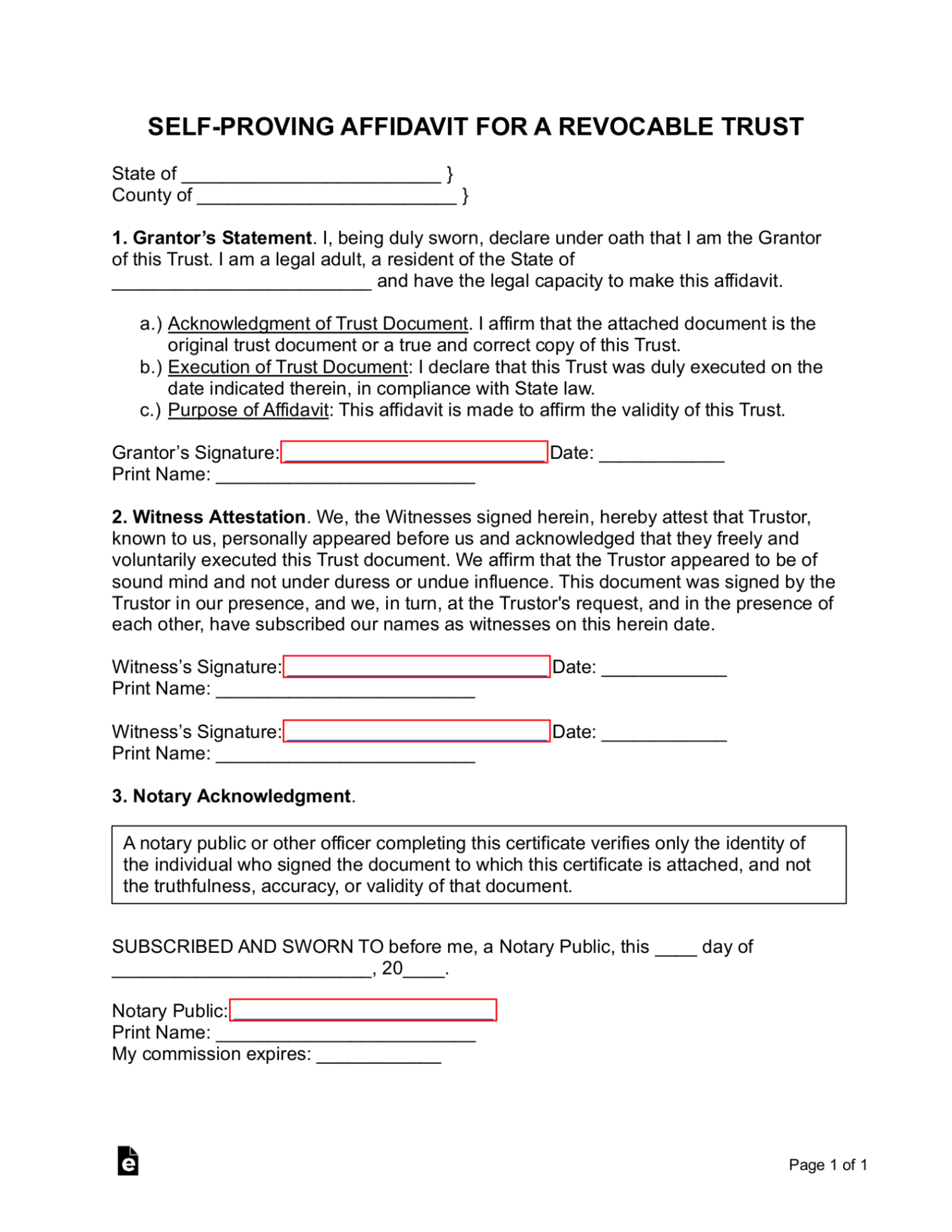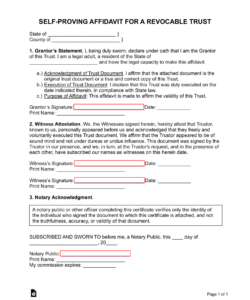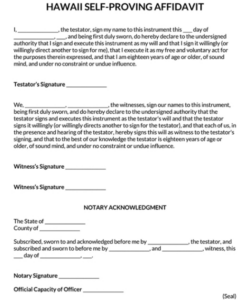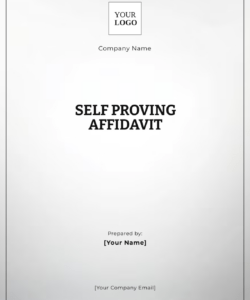Free printable self proving affidavit new york template doc sample -Need to swear something is true under oath, but intimidated by complicated terms? You’re definitely not alone, you’re not alone! Sworn declarations can seem complicated, but they’re actually easier than they look once you know what’s required. Think of it as a formal, written statement of facts, used in court-related cases or other juridical contexts. The good news is, you can begin without spending money. In fact, a basic affidavit form is often free.
The purpose of an affidavit is to submit facts to a court or other authority in a way that can be accepted as legitimate. Because you’re legally affirming it (often before a notary public), there are penalties if you deliberately provide incorrect details. That’s why it’s critical to be accurate and honest in everything you write. This article will help you understand the procedure and show you where to find tools where you can get a no-cost legal form to get you started.
Think of it this way: the form acts as the outline, and you are the author. You’ll need to insert your own facts and context to create a solid and reliable structure. So, let’s break down how to apply a template for best results to create a strong and legally recognized statement. Getting familiar with the core concepts enables you to act with legal confidence.
Before you begin completing an affidavit template, it’s important to know why it’s used and what it should include that make it a recognized court document. An affidavit is essentially your sworn testimony in written form. It’s a formal statement of facts made voluntarily by you under legal declaration, administered by a person legally empowered to witness it, such as a licensed official. The purpose of an affidavit is to back up allegations or facts in a legal setting.
A standard affidavit opens with a heading that identifies the document and the court or context in which it will be used. Following the heading, you’ll find the affiant’s (the person making the statement) personal information, including their full name, address, and contact details. This information confirms who the affiant is and why they’re involved. It is important to ensure this information is accurate and current.
The basic components of an affidavit are fairly standard. It typically includes a title, the affiant’s identity details, a factual declaration by the affiant, a oath confirmation area (where a notary confirms the statement was made under oath), and the final signature. The language used in the affidavit should be simple, direct, and easily understandable. Remember, the goal is to make the content legally coherent and factual.
[%Following the main content, you’ll find the notary clause, which is the part where you officially attest to the facts before an officer authorized to administer oaths. The jurat typically includes a [%statement like “Sworn to and subscribed before me this [date]”|phrase such as “Subscribed and sworn before me on [date]”|standard acknowledgment of oath and date%] and the notary’s official stamp and sign-off. The jurat is a vital part because it transforms your written statement into a sworn legal document.|Finding a usable document doesn’t have to be difficult. Many websites provide no-cost legal forms. It’s important to choose a template from a reputable source and carefully review it to ensure that it meets your specific needs. Once you have the template, you can adapt it with your specific details, such as the name, declaration date, and description of the events. Be sure to keep your statements focused and understandable, and steer clear of guesses or unverified claims. A good affidavit is rooted in fact and personal knowledge.|If you’re relying on a pre-made form, it’s vital to modify it to match your situation. Don’t just use it as-is without changes. Ensure that the template covers all the necessary information and that the language accurately reflects your intended statement. It’s also advisable to check if your area’s notarization standards are met, as notary requirements can vary.|Consider an affidavit as composed of the following sections. First, you set the stage by identifying yourself and the matter you are attesting to. Then, you describe the facts in a structured, coherent way, limiting yourself to what you personally experienced. Finally, you complete it under oath in front of a certified notary, who then authenticates it with a stamp and signature. An affidavit template helps you ensure that you cover all these bases effectively.%]
When creating the document, being correct and easy to follow is essential. Double-check all the information to ensure that it is correct and complete. Use specific details and avoid vague or ambiguous language. Organize your thoughts in a logical order, presenting the facts in a simple and logical fashion. And remember, if you’re unsure about any aspect of the affidavit process, it’s always a good idea to seek legal advice from an attorney.
The good news is, finding a free affidavit template is easier than you might think. Plenty of websites offer downloadable templates that you can tailor to meet your needs. Public agency portals, nonprofit legal support groups, and web-based legal platforms are all good places to start your search. Many reputable websites offer a free affidavit template for download, such as editable file types. Remember to carefully review the template to ensure that it aligns with your local laws, as legal forms can vary from place to place.
Next, start inputting your data into the template. Begin by entering your complete name, residential address, and phone number in the designated spaces. Be careful and steady in your responses. Then, move on to the central part of the document, where you’ll declare your observations. Remember to be honest, straightforward, and to the point in your statements, and avoid guesswork or third-party accounts. Number each paragraph for clarity and organization.
Once you’ve completed the statement of facts, double-check your text to ensure that it’s correct and verifiable. Pay close attention to specifics like names, times, and places. It’s also a good idea to ask another person to check for mistakes to find potential inaccuracies. Remember, you’re legally affirming the truth of your words, so it’s important to be careful and complete.
Keep in mind that using a free affidavit template is not a substitute for legal advice. If you have legal uncertainty or are unclear on certain details, it’s always best to consult with an attorney. They can give advice tailored to your case and ensure that your affidavit is valid and customized for your situation. Utilizing a free affidavit template is a good starting point, but getting a lawyer’s input ensures legal safety.
The picture above published by admin on July, 11 2025. This awesome gallery listed under Affidavit Templates category. I really hope you may like it. If you want to download the image to your disk in best quality, the simplest way is by right click on the image and choose “Save As” or you can download it by clicking on the share button (X, Facebook, Instagram or Tiktok) to show the download button right below the image.
